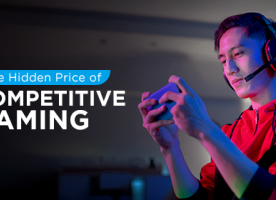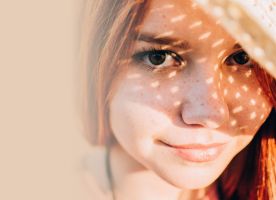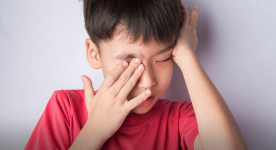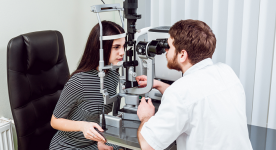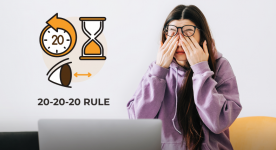Managing dry eye: Focus on the tear film
Dryness, burning, pain, grittiness, foreign body sensation - These are some common terms used to describe the sensations one may experience with dry eye.
But what exactly is dry eye?
Each eye has several glands that produce 3 different layers of tear that form into a tear film which coats the surface of the eye. Although it sounds trivial, the tear film is vitally important and provides the following functions:
- Comfort when blinking
- Creates a smooth surface to enable us to see clearly
- Reduces the risk of infection and scarring
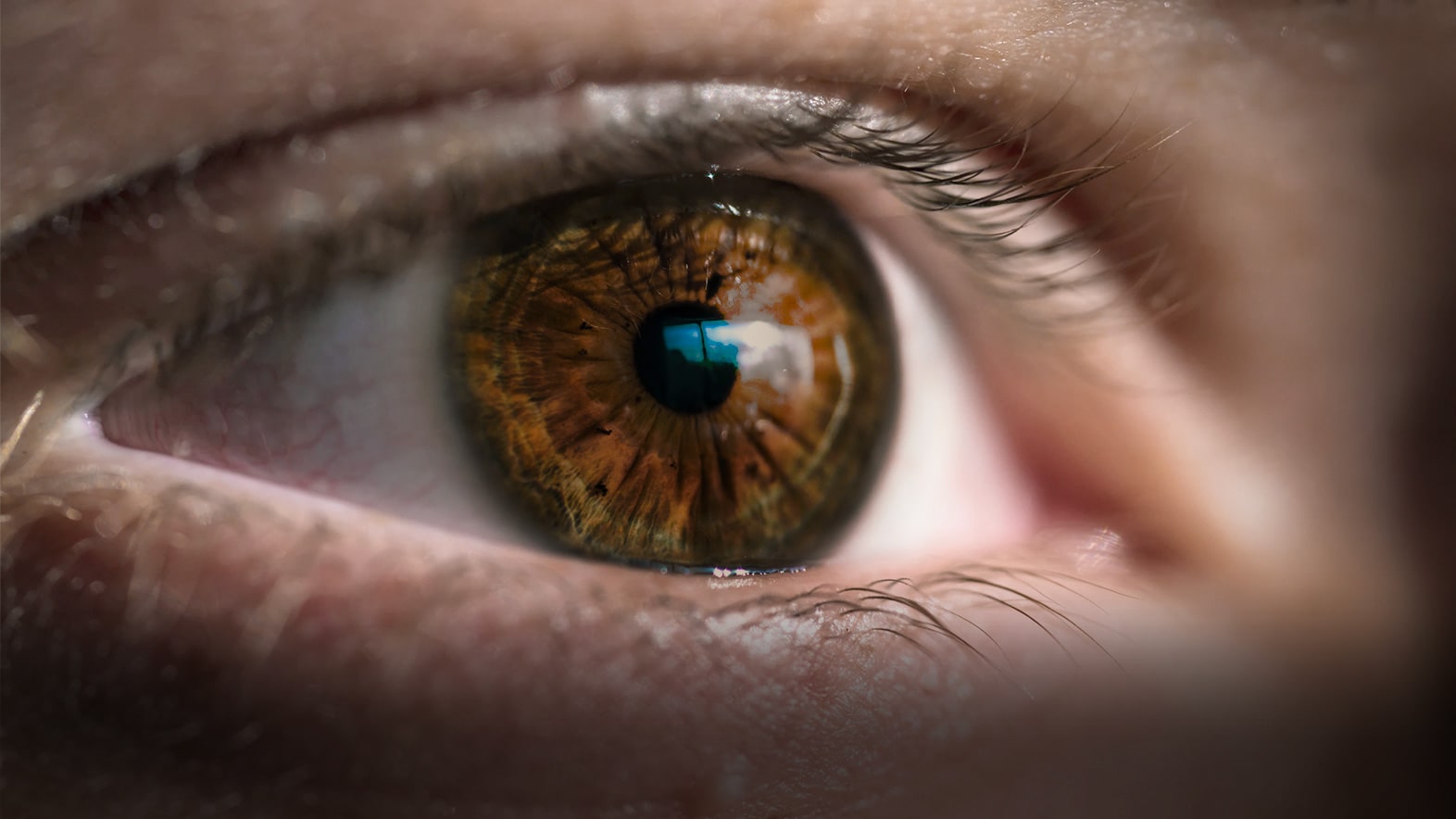
This tear film evaporates as we keep our eyes open and with each blink, a fresh layer of tear film gets spread over the surface of the eye.
So what causes dry eye?
There are many types of dry eye with different causes and different treatment types. The most common and easiest to treat would be those due to external factors which include the environment and visual activities one engages in.
With technological advancements, everything is moving online. Hence, with increased usage of electronic devices, more and more people are experiencing dry eye. While using an electronic device is not the direct cause of dry eye, it tends to require more visual concentration compared to, for example, a walk in the park.
Any activity that requires visual concentration results in us subconsciously blinking less, and as a result, the surface of the eye dries out.

Environmental factors include a decrease in humidity, as seen with air-conditioning or when in a dry and dusty environment. Such environments disrupt the tear film.
Other causes of dry eye may be the consequence of eye conditions such as blepharitis (inflammation of the eyelids) or systemic conditions such as Sjogren’s syndrome (an autoimmune disease which attacks the glands that produce tears and saliva). In such cases, the ophthalmologist would treat the underlying condition causing the dry eye.
How would I know if I have dry eye?
The symptoms of dry eye vary from individual to individual. Some may experience:
 Burning, gritty or hot sensation of the eyes
Burning, gritty or hot sensation of the eyes Blurring of vision that fluctuates with blinking
Blurring of vision that fluctuates with blinking Excessive tearing
Excessive tearing Feeling of a foreign matter like grit or dirt in the eyes
Feeling of a foreign matter like grit or dirt in the eyes
How can I treat my dry eye?
First, try to identify if the dry eye is caused by any external factors. If it is due to low humidity, consider investing in a humidifier in areas where there is air-conditioning such as workspace or bedroom. When in a dusty or dry working environment, consider using eye protection such as goggles to minimise disruption to the tear film.
As for visual tasks, if possible, rest. Do not go running to your K-dramas when you are taking a break from looking at spreadsheets. Instead, close your eyes and put aside any task that requires visual concentration. You could go for a walk, take a nap, or listen to an audiobook.
During times of visual concentration, one may also supplement the tear film with lubricating eyedrops. Preservative-free lubricating eyedrops are always recommended for multiple and long-term usage.
However, should the above methods not work, it would be wise to visit your ophthalmologist to identify any possible underlying conditions resulting in dry eye so proper treatment can be provided.
Please visit https://atlaseye.sg/eye-conditions/dry-eye/ to read more about dry eye.
Dr David Chan
Atlas Eye Specialist Centre
290 Orchard Road #07-09 Medical Paragon Singapore 238859
101 Irrawaddy Road #19-12/13 Royal Square Medical Centre Singapore 329565
Please visit https://atlaseye.sg/our-doctor/ to read more about Dr David Chan

